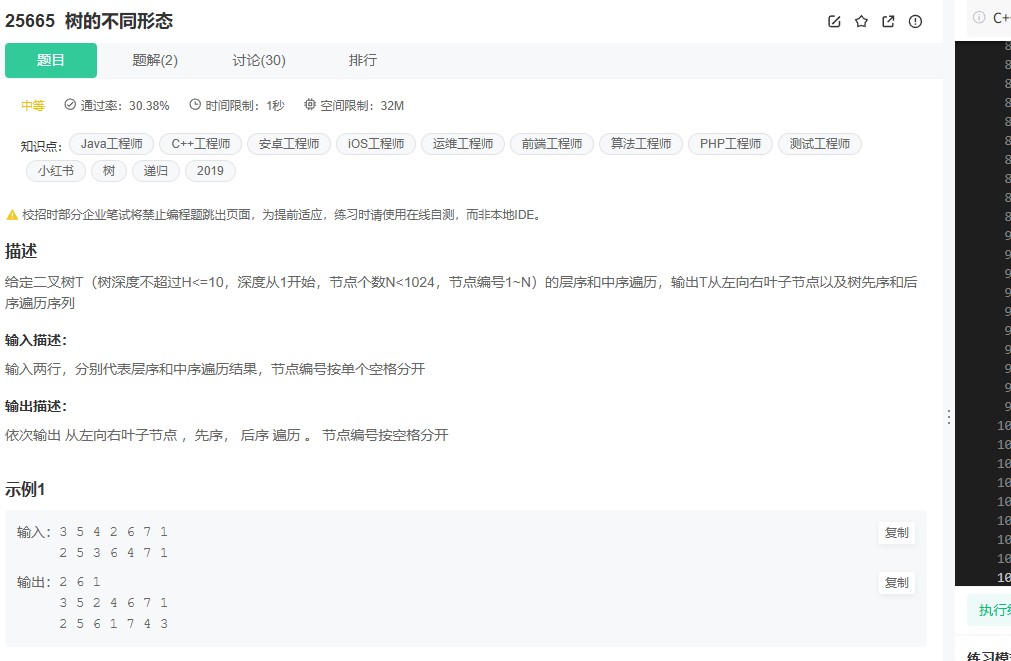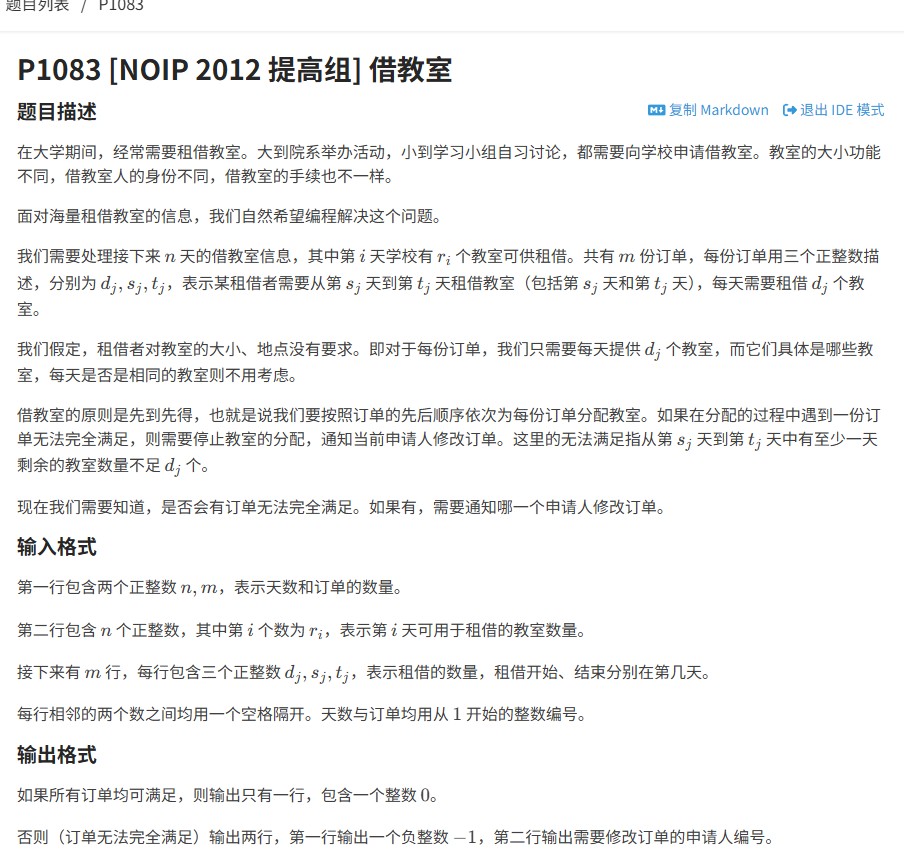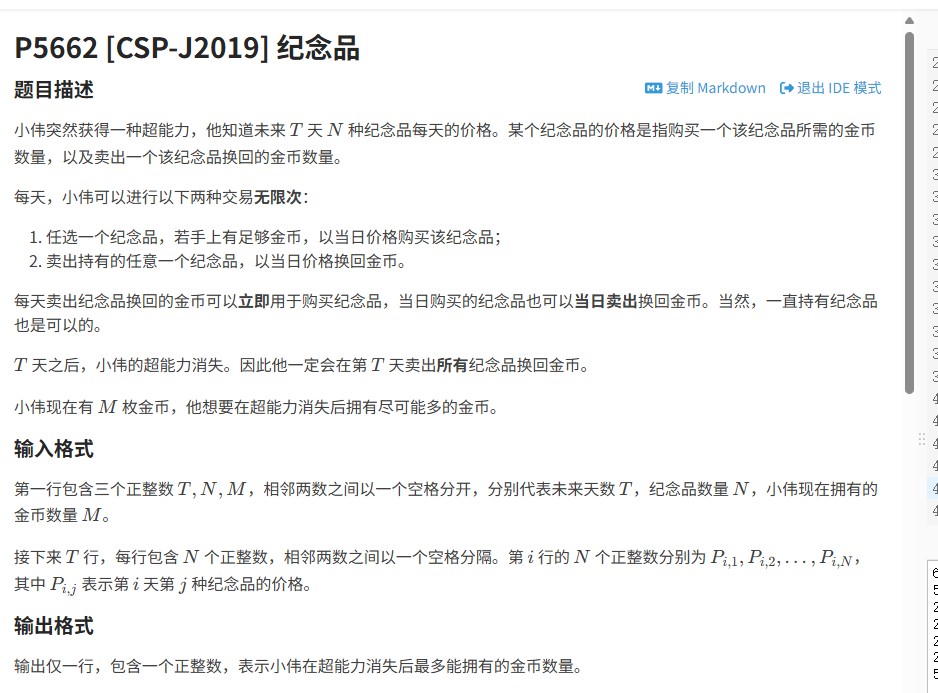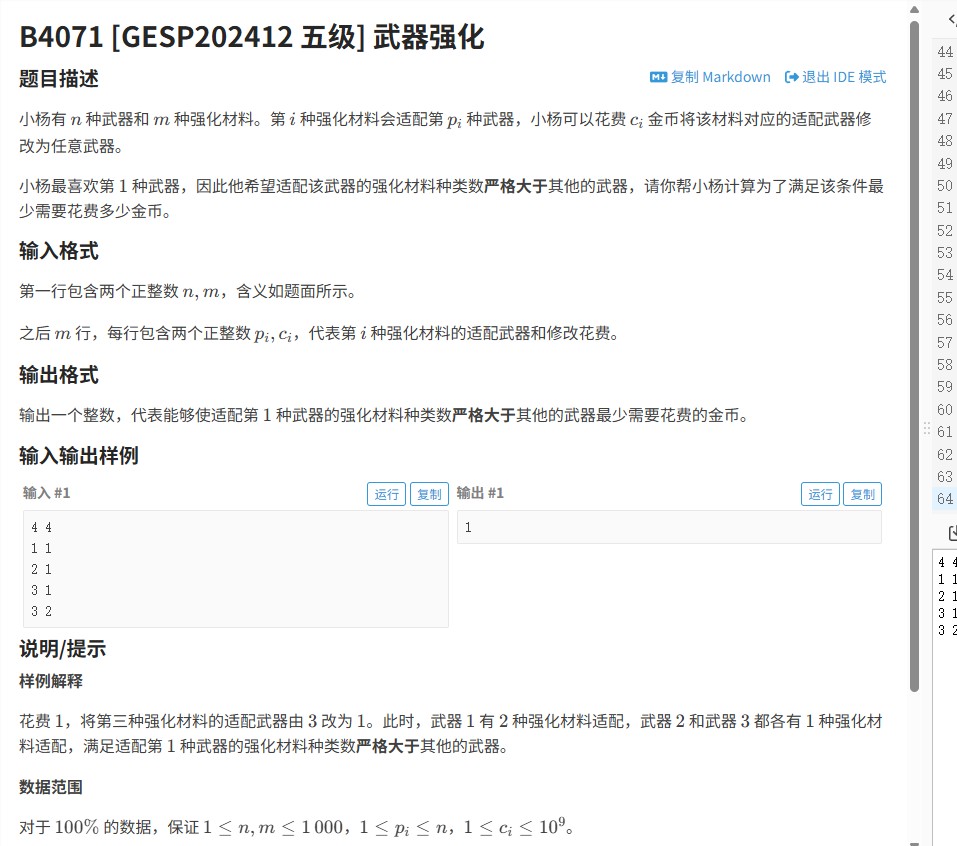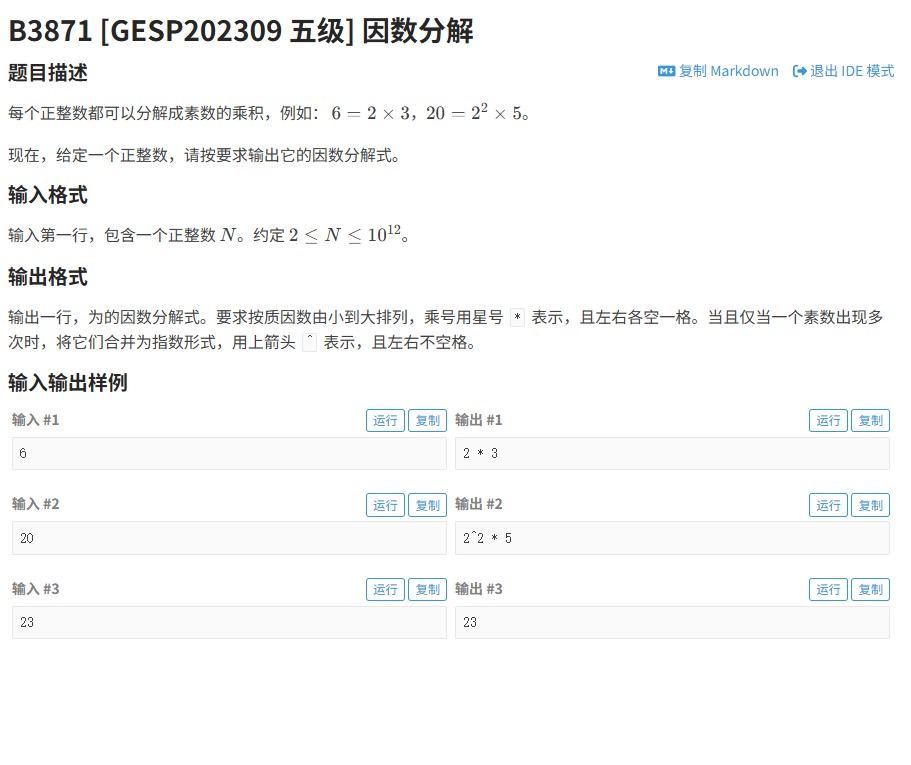棋盘翻转大师:力扣LCP41题"翻转黑白棋"深度解析

一、问题理解
题目要求在一个黑白棋棋盘上找出一个空位('.'表示),当放置一个黑棋('X')后,能够翻转最多数量的白棋('O')。翻转规则遵循标准黑白棋规则:在一条直线上,两个黑棋之间的所有白棋都会被翻转。
二、核心算法思路
三、完整代码解析
class Solution {
public:
int flipChess(vector<string>& chessboard) {
int m = chessboard.size(), n = chessboard[0].size();
int max_flips = 0; // 记录最大翻转数
// 8个方向向量:上、下、左、右、四个对角线
int dirs[8][2] = {{-1,-1},{-1,0},{-1,1},
{0,-1}, {0,1},
{1,-1}, {1,0}, {1,1}};
// 遍历棋盘每个位置
for (int i = 0; i < m; ++i) {
for (int j = 0; j < n; ++j) {
if (chessboard[i][j] == '.') { // 发现空位
vector<string> temp = chessboard; // 复制棋盘
temp[i][j] = 'X'; // 模拟落子
int flips = countFlips(temp, i, j); // 计算翻转数
max_flips = max(max_flips, flips); // 更新最大值
}
}
}
return max_flips;
}
// 计算单次落子后的翻转数量
int countFlips(vector<string>& board, int x, int y) {
int flips = 0;
int dirs[8][2] = {{-1,-1},{-1,0},{-1,1},
{0,-1}, {0,1},
{1,-1}, {1,0}, {1,1}};
// 检查8个方向
for (auto& dir : dirs) {
int dx = dir[0], dy = dir[1];
int nx = x + dx, ny = y + dy;
vector<pair<int,int>> to_flip; // 记录待翻转位置
// 沿当前方向搜索
while (nx >= 0 && nx < board.size() &&
ny >= 0 && ny < board[0].size()) {
if (board[nx][ny] == 'O') { // 遇到白棋
to_flip.emplace_back(nx, ny);
nx += dx;
ny += dy;
}
else if (board[nx][ny] == 'X') { // 遇到黑棋,可以翻转
for (auto [i,j] : to_flip) {
board[i][j] = 'X'; // 执行翻转
flips++;
}
flips += flipChain(board, to_flip); // 处理连锁反应
break;
}
else { // 遇到空位,终止搜索
break;
}
}
}
return flips;
}
// 处理连锁翻转
int flipChain(vector<string>& board, vector<pair<int,int>>& positions) {
int additional = 0;
for (auto [x,y] : positions) {
additional += countFlips(board, x, y); // 递归计算新增翻转
}
return additional;
}
};四、关键知识点
方向数组应用:使用8方向向量简化方向遍历
递归思维:通过flipChain函数处理连锁反应
棋盘复制技巧:使用temp副本避免修改原棋盘
五、实际应用
这种棋盘模拟+递归搜索的方法也适用于:
五子棋AI评估
围棋局面分析
其他棋盘类游戏逻辑实现
原创内容 转载请注明出处

